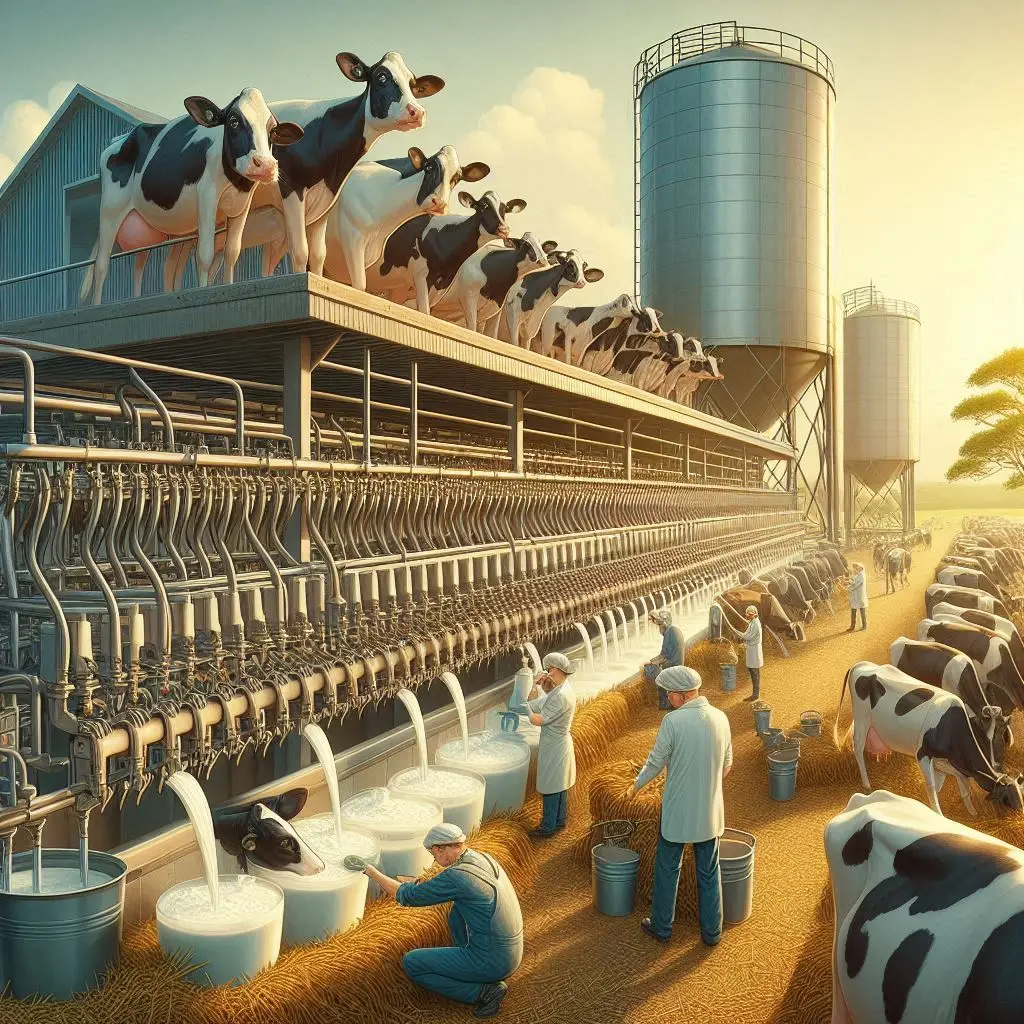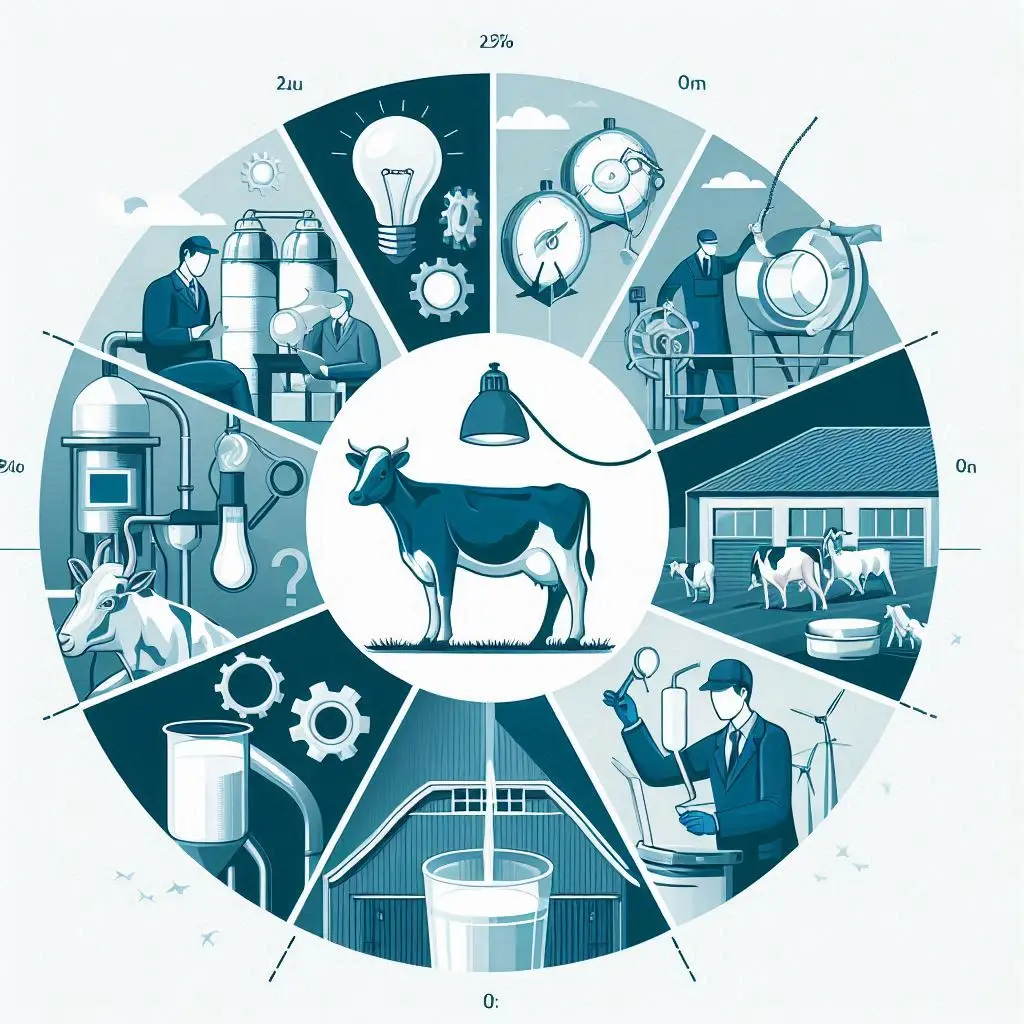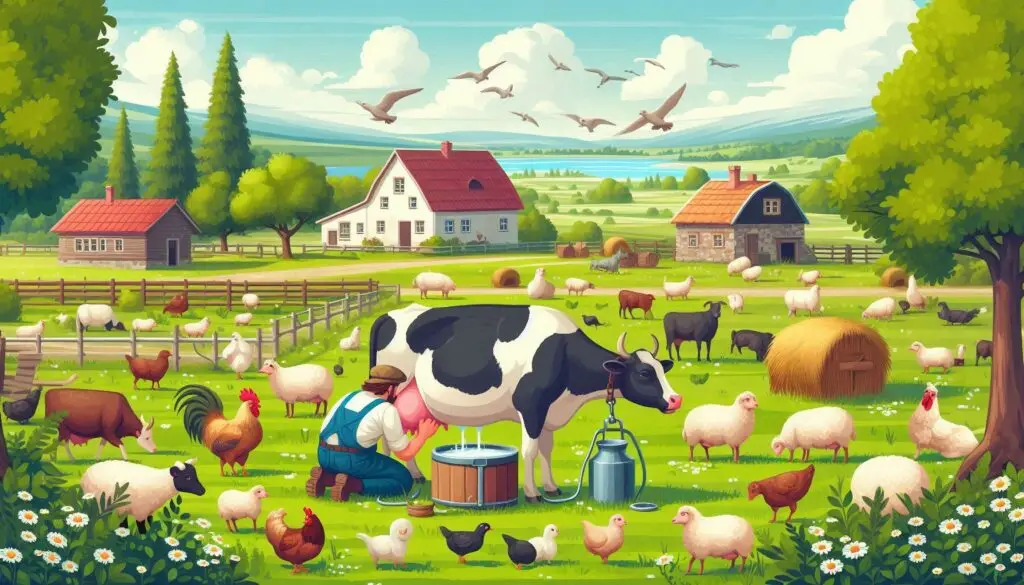Operation Flood Project

Operation Flood, also known as the White Revolution, is a significant rural development initiative in India that transformed the country’s dairy sector. Launched in 1970 by the National Dairy Development Board (NDDB), this program aimed to make India one of the largest milk producers in the world. The initiative has had profound impacts on the livelihoods of millions of dairy farmers and has established a robust infrastructure for milk production and distribution. This article delves into the details of Operation Flood, its objectives, phases, impact, and legacy.
Overview of Operation Flood
Operation Flood is recognized as one of the largest dairy development programs globally. It was designed to create a national milk grid, linking milk producers with consumers across urban and rural areas. The program aimed to increase milk production, enhance rural incomes, and ensure fair prices for consumers.
Objectives of Operation Flood
The primary objectives of Operation Flood included:
- Increasing Milk Production: The program sought to boost milk production to meet the rising demand in India.
- Empowering Dairy Farmers: By promoting cooperative societies, the initiative aimed to give dairy farmers control over their resources and income.
- Reducing Price Fluctuations: Operation Flood aimed to stabilize milk prices and reduce seasonal and regional disparities in pricing.
- Providing Quality Services: The program focused on providing veterinary services, animal nutrition, and training to improve productivity.
Phases of Operation Flood
Operation Flood was executed in three phases, each with specific goals and achievements.
Phase I (1970-1980)
The first phase of Operation Flood was financed through the sale of skimmed milk powder and butter oil donated by the European Economic Community (EEC). This phase established a link between 18 major milksheds and consumers in four metropolitan cities: Delhi, Mumbai, Kolkata, and Chennai. Key achievements included:
- Establishment of dairy cooperatives in villages.
- Increased milk production from 22 million liters per day to 30 million liters.
- Creation of a transparent pricing mechanism that benefited producers.
Phase II (1981-1985)
Phase II expanded the program significantly, increasing the number of milksheds from 18 to 136. This phase aimed to enhance the infrastructure for milk procurement and distribution. Key accomplishments included:
- Establishment of around 43,000 dairy cooperatives, covering over 4.25 million milk producers.
- Domestic milk powder production surged from 22,000 tons to 140,000 tons.
- Enhanced quality of milk and dairy products through better management practices.
Phase III (1985-1996)
The final phase focused on strengthening the cooperative structure and enhancing the services provided to dairy farmers. Key developments included:
- Addition of 30,000 new dairy cooperatives, bringing the total to around 73,000.
- Emphasis on veterinary health services, animal nutrition, and member education.
- Significant improvements in the productivity of milk-producing animals.
Impact of Operation Flood
Operation Flood has had a lasting impact on India’s dairy sector and rural economy. Some of the notable outcomes include:
- Increased Milk Production: India became the largest milk producer in the world by 1998, surpassing the United States.
- Empowerment of Farmers: Millions of dairy farmers gained financial independence and improved their livelihoods through cooperative societies.
- Improved Infrastructure: The national milk grid facilitated efficient distribution and reduced wastage, ensuring that milk reached consumers in a timely manner.
- Economic Growth: The dairy sector became a significant contributor to rural income, providing employment to millions.
Legacy of Operation Flood
The legacy of Operation Flood extends beyond milk production. It has served as a model for rural development programs in other sectors and countries. The cooperative model established during Operation Flood has been replicated in various agricultural sectors, demonstrating its effectiveness in empowering farmers and enhancing productivity.Dr. Verghese Kurien, known as the “Father of the White Revolution,” played a crucial role in the success of Operation Flood. His vision and leadership have inspired similar initiatives across the globe.
Conclusion
Operation Flood stands as a testament to the power of cooperative movements in transforming rural economies. By linking dairy farmers with consumers and providing them with the necessary tools and resources, the program has significantly improved the livelihoods of millions. Its success story continues to inspire rural development efforts worldwide.
For more pearls of Vets Wisdom:
https://wiseias.com/partitioning-of-food-energy-within-animals/





Responses